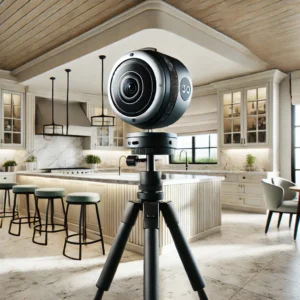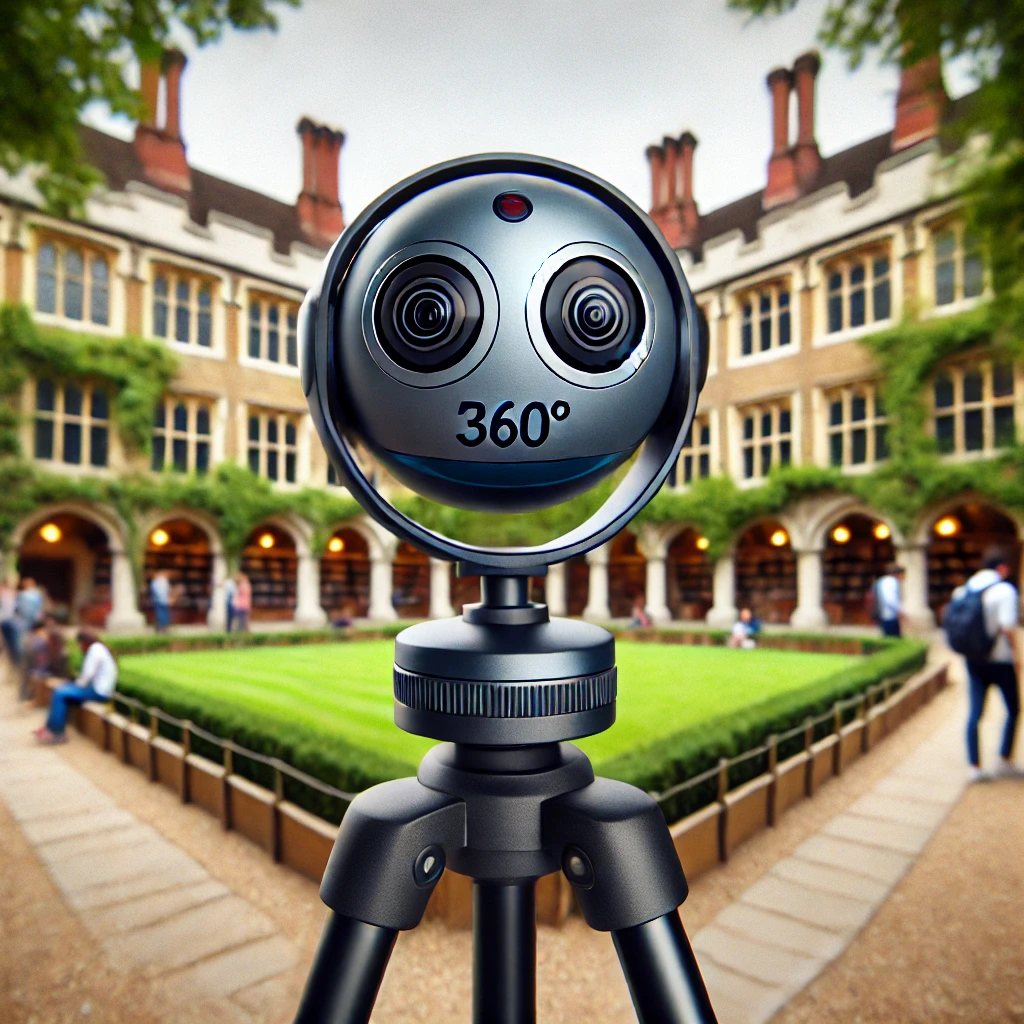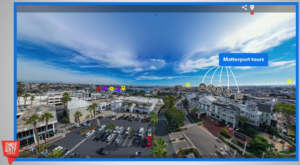
How To Do Virtual Tour Photography
How To Do Virtual Tour Photography Learn the Ins & Outs of Virtual Tour Photography Overview Master the art of
Easy to Use Virtual Tour Software
Curious about 360 cameras and how they capture immersive photos and videos? Learn how 360 cameras work and unlock their potential for photography, real estate listings, and virtual tours. Discover the technology behind them and create stunning, interactive virtual experiences with threesixty.tours!

With the rise of virtual reality (VR), augmented reality (AR), and immersive experiences, the popularity of 360-degree photography and videography has surged. Whether you’re a real estate agent looking to showcase homes in an interactive format, a university seeking to offer virtual campus tours, or a photographer wanting to expand your portfolio, understanding how 360 cameras work is essential. These cameras offer an innovative way to create virtual tours, capture events, and allow viewers to experience locations as if they were standing there in person.
In this article, we’ll dive deep into the how do 360 cameras work, break down their features, and explore how they can be used to create engaging content for a variety of industries.
At the heart of understanding “how do 360 cameras work” lies their unique ability to capture an all-encompassing view of a scene. Unlike traditional cameras that focus on capturing a limited, framed perspective, 360 cameras are designed to record or photograph everything around them.
The Basic Concept
A 360 camera captures footage or images in every direction—up, down, left, right, front, and back—using two or more lenses that work together. These lenses are typically ultra-wide-angle, often referred to as fisheye lenses, which cover nearly 180 degrees each. The camera’s software then stitches these images or videos together, producing a spherical view that allows users to pan and explore all angles.
Step-by-Step Breakdown of How 360 Cameras Work:
You can see many virtual tours and panoramic images by looking at our demos.
When exploring how 360 cameras work, it’s important to note that different types of 360 cameras serve different purposes. Here is a great article on The Best 360 Cameras for Virtual Tours. Here’s a breakdown of the most common varieties:
These are compact, user-friendly devices designed for everyday use. They’re popular among vloggers, tourists, and social media content creators due to their portability and ease of use. Cameras like the GoPro MAX or Insta360 X4 fall into this category.
These are high-end devices used by filmmakers, professional photographers, and businesses requiring superior image quality. They come equipped with more lenses, higher resolutions, and advanced features like HDR (high dynamic range) and RAW format support. Examples include the Insta360 Pro 2, Matterport or the Kandao Obsidian.
These cameras not only capture 360-degree footage but also record in stereoscopic 3D, adding depth to the captured scene. They’re commonly used for VR experiences to provide more immersion, allowing users to perceive depth as they look around a scene.
When selecting a 360 camera, there are a few essential features that can impact performance and user experience:
Understanding how 360 cameras work opens up a world of possibilities in different industries. Here are some of the key applications:
360 cameras are perfect for creating virtual property tours, allowing potential buyers to explore a 3D house tours remotely. Real estate agents can use platforms like threesixty.tours to build immersive, high-quality virtual tours for their listings, increasing engagement and saving time for both the seller and buyer.
Whether it’s a wedding, conference, or concert, 360 cameras capture the atmosphere and surroundings of an event in a way that traditional cameras can’t. Viewers can relive the experience from different angles and perspectives.
Tour operators and travel bloggers use 360 cameras to provide immersive previews of destinations, helping potential tourists “try before they buy.” These videos allow viewers to explore a location virtually, fostering engagement and excitement.
Universities and educational institutions use 360 cameras to create virtual campus tours or immersive learning experiences. This technology is also beneficial for online training, providing interactive content that can be more engaging than static videos or text.
Check out the virtual tour below that was built using threesixty.tours software.
Advantages:
Challenges:
When choosing the right 360 camera, it’s essential to consider your needs:
Check out this article on The Best 360 Cameras for Virtual Tours. The article compares some of the best cameras in the industry along with their cost, pros and cons.
360 cameras are revolutionizing the way we capture and experience the world. Whether you’re in real estate, education, or photography, knowing how 360 cameras work can help you create immersive, interactive content that captivates your audience. Ready to start your own 360-degree virtual tour? Head over to threesixty.tours and explore our platform to create and host stunning 360 virtual tours today!

How To Do Virtual Tour Photography Learn the Ins & Outs of Virtual Tour Photography Overview Master the art of

GoPro Recommended SD Card The Ultimate Guide to Maximizing Performance Overview Choosing the right SD card for your GoPro is

AI Panorama – How to Create Virtual Tours using AI How to Take Advantage of AI to Create Better Virtual

Why an Aerial View of the Layout of Each Room Matters how aerial 360-degree views can transform how clients engage

Gopro Max Battery Life Learn How To Make the Best Out of The Battery Overview Discover essential tips and techniques

Best Matterport Alternative for Virtual Tours in 2024 Create Virtual Tours Without Breaking the Bank Overview Looking for a Matterport